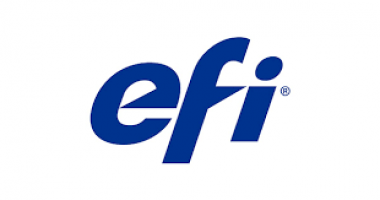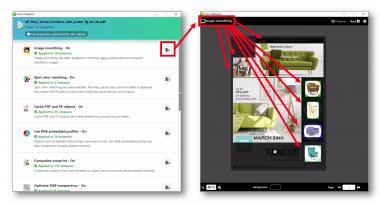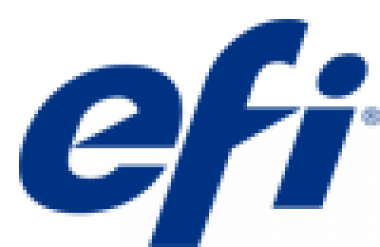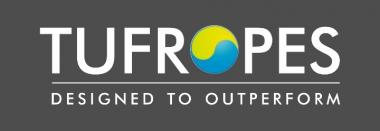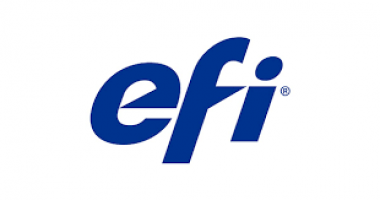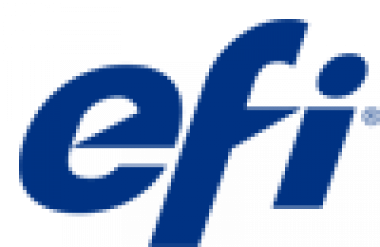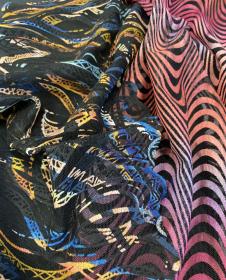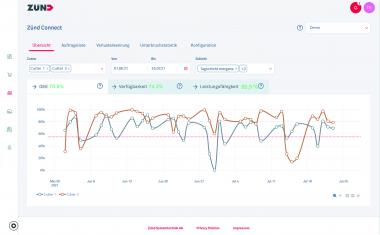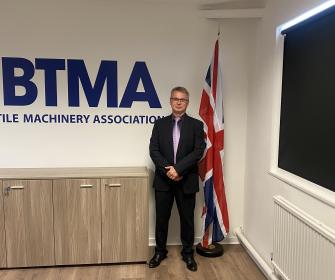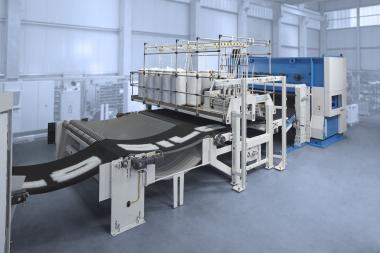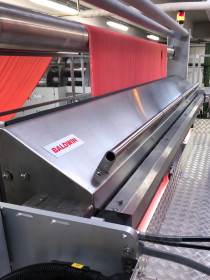EFI: Die neueste Fiery XF und die neue Fiery Prep-it Software
Electronics For Imaging , Inc. hat sein neuestes digitales Front-End (DFE) und seine Workflow-Lösungen für die Werbetechnik und den industriellen Druck vorgestellt: EFI™ Fiery® XF/Fiery proServer Version 7.3 und die Workflow-Software EFI Fiery Prep-it™.
Hunderte von neu unterstützten Druckern
Druckereien mit Druckern verschiedener Hersteller können durch den Einsatz einer einzigen RIP-Technologie eine höhere Produktionseffizienz mit weniger Bedienerschulungen erreichen. Die Software Fiery XF 7.3 und das digitale Front-End (DFE) EFI Fiery proServer unterstützen jetzt mehr als 180 neue Druckertreiber, unter anderem von Agfa, Canon, d.gen, Durst, HP, Mimaki, Mutoh, Roland DG und Teckwin.
Effizientere und flexiblere Möglichkeiten für Print & Cut
Wenn Kunden mehrere verschiedene Gerätetypen besitzen, sind sie mit der neuen Möglichkeit, Schneidegeräte mit Print-and-Cut-Druckern zu kombinieren nicht mehr an einen Schneide-Workflow gebunden. Fiery XF 7.3 steigert die Produktivität durch QR-Code-Unterstützung für Schneidelösungen von Zünd, Esko Kongsberg, iCut, EuroSystems OptiScout v8 und MATIC-Schneidsystemen.
Schnelleres, leistungsstärkeres Farbmanagement
Diese Version enthält auch einen neuen Druckmodus, der die Verarbeitungszeit von Aufträgen, die Spot-Farben enthalten, um bis zu 50 % reduzieren kann.
Druckdienstleister, die Drucker mit großem Farbraum einsetzen, können mit dem neuen „Clean Colors“-Modus, der intensivere, lebendigere Drucke liefert, die Farbkapazität ihres Druckers optimal ausnutzen.
Automatisierte Schneide-Workflows und Schnittpfadsteuerung mit Fiery Prep-it
Die neue EFI Fiery Prep-it Software, die im November auf den Markt kommt, kann die Schnittvorbereitung und Produktion im Groß- und Supergroßformatdruck erheblich verbessern.
Automatisierte Workflows, beidseitige Sammelformensteuerung, durchdachte Schnittpfadbearbeitung und vieles mehr beschleunigen die Print-to-Cut-Produktion erheblich. Für die Kombination von Fiery Prep-it und Fiery XF ermöglicht die exklusive Integration von Fiery XF mit Fiery Prep-it die Unterstützung von mehr als 1.300 Schneidsystemen.
Angebote, die auf die besonderen Bedürfnisse der Proofing- und Produktionsmärkte abgestimmt sind
Fiery XF 7.3 bietet jetzt zwei Versionen, die speziell auf die Anforderungen von Proofing- und Produktionskunden abgestimmt sind. Die beiden unterschiedlichen Produktkonfigurationen bieten Kunden in jedem Segment zu einem angemessenen Preis genau das, was sie brauchen, einschließlich der Fiery Color Profiler Option – mit der Möglichkeit zu wachsen, wenn sich ihr Geschäft und ihre Anforderungen ändern.
EFI


